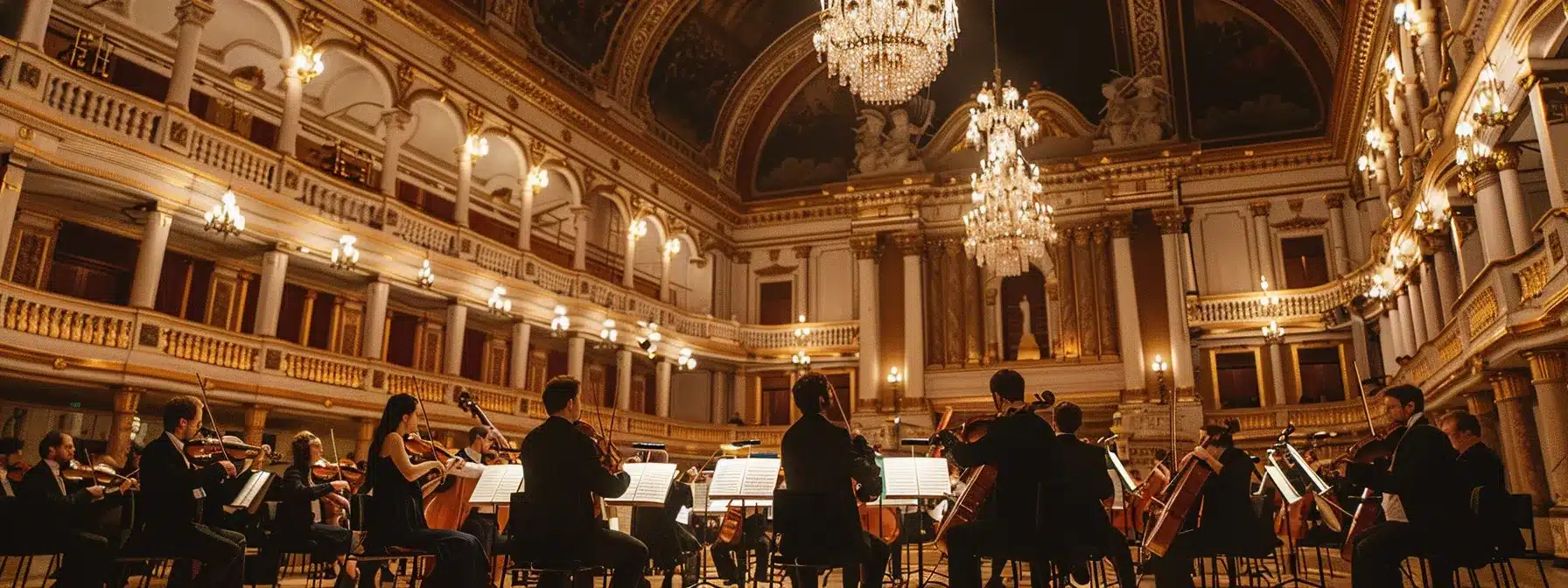The Birth of Classical Era Orchestras: History and Evolution

Have you ever wondered how the modern orchestra developed from humble beginnings? The origins of classical era orchestras reveal a fascinating journey of musical evolution. Explore the historical emergence of the classical orchestra, key figures who shaped its development, and the transformation of instruments like the drum and bassoon during this period. By understanding these elements, you’ll gain insight into how orchestras became vital in classical society and their lasting impact on today’s music scene. If you’ve struggled to connect with orchestral music, this exploration will enhance your appreciation and knowledge.
The Musical Landscape Before the Classical Era

The musical landscape before the Classical Era was shaped by significant influences and changes. Understanding Baroque influences on orchestration highlights how dynamics and instrumentation evolved, setting the stage for larger musical ensembles The People’s Orchestra. I’ll explore the transition from small groups to more elaborate orchestras and examine the early instrumentation’s limitations that ultimately laid the groundwork for future advancements in orchestral music.
Understanding Baroque Influences on Orchestral Development
The Baroque period was crucial in shaping the development of orchestral music, where composers began to experiment with dynamics and instrument combinations. This era saw significant political influences that impacted music, as governing bodies supported composers to showcase their power through grand musical works. The transition from small musical groups to more complex orchestras was essential, marking a shift that would eventually lead to the rich orchestral textures we recognize today, evoking the approaches once used by the Greeks in their compositions:
- Emergence of dynamic contrasts and expressive melodies.
- Support from political leaders for musical performances.
- Expansion of instrumentation leading to larger ensembles.
- Influential composers who laid the foundation for future styles.
The Transition From Small Ensembles to Larger Groups
As I delve into the transition from small ensembles to larger groups, I appreciate how this shift was fundamental to the development of orchestral music. Composers such as Jacopo Peri sparked this evolution by employing more complex arrangements, a practice that later influenced figures like Franz Liszt and Sergei Rachmaninoff. Their contributions paved the way for larger orchestras, allowing for richer textures and a broader range of dynamics, ultimately shaping the classical music we celebrate today.
Early Instrumentation and Its Limitations
In my exploration of early instrumentation, I recognize how fundamental limitations shaped the emergence of orchestras we know today. Instruments such as the viola provided unique harmonic support, yet their capabilities were restricted compared to later models. Composers like Giovanni Pierluigi da Palestrina showcased the importance of voice and simple instruments in their works, often sampling popular sounds of their time, including the lyre, to craft their musical narratives. These early efforts laid the groundwork for future innovations in orchestration, particularly in vibrant cultural hubs like New York City, where music would continue to evolve and flourish.
The music of the past was rich but often chaotic. Then, something changed. The classical orchestra began to form, bringing order and beauty to sound.
The Emergence of the Classical Orchestra

The emergence of the Classical orchestra marked a significant evolution in musical history, defined by its distinct characteristics. Understanding how economic and social changes shaped orchestras is essential, as it led to the standardization of instrument sections. I’ll examine the shift from Baroque practices, the influence of romanticism, and the expanding role of ensembles resembling today’s concert bands, further illustrating these developments.
Additionally, I will explore the development of orchestral forms, such as fantasia, which paved the way for new musical expressions. This transition ultimately laid the foundational framework for orchestral music as we know it today.
Instrumental Innovations in Classical Era Orchestras
-
Expansion of the String Section: The violin, viola, cello, and double bass formed the backbone of the classical orchestra, providing a richer harmonic foundation.
-
Refinement of Wind Instruments: Composers incorporated clarinets, oboes, and bassoons, enhancing orchestral textures.
-
Introduction of Brass for Power and Depth: The French horn, trumpet, and trombone added grandeur to concertos and symphonies.
-
Percussion for Rhythmic Complexity: The timpani became a staple, adding emphasis and dramatic effect to major works.
Defining Characteristics of the Classical Orchestra
In defining the characteristics of the Classical orchestra, I find a notable shift in its structure and function compared to previous musical forms. The integration of movable type printing during this era allowed for greater dissemination of scores, leading to variations in orchestral compositions influenced by folk music traditions. Composers like Gustav Holst demonstrated how these characteristics reflected societal changes, making orchestral music more accessible and diverse, as noted in the Encyclopædia Britannica.
How Economic and Social Changes Shaped Orchestras
The economic and social changes during the Age of Enlightenment played a pivotal role in shaping classical orchestras. As philosophy emphasized reason and individual creativity, there was a significant increase in patronage for musicians and composers, leading to the flourishing of symphonic works. Influential figures like Christoph Willibald Gluck emerged, pushing the boundaries of orchestral music, while the adoption of instruments, such as the organ, expanded the musical landscape, resulting in more complex compositions that would define this era:
- Significant patronage from the upper classes supporting musicians.
- The rise of public concerts making orchestral music accessible to wider audiences.
- Integration of diverse instruments enriching the symphonic repertoire.
- Composers like Gluck transforming the use of drama in orchestral works.
Standardization of Instrument Sections
The standardization of instrument sections in the Classical orchestra was a vital development that helped define classical music during this period. As composers like Anton Bruckner began to experiment with more structured arrangements, the inclusion of specific instruments in designated sections became common practice. This shift allowed for cohesive sound and texture, drawing from earlier traditions like figured bass, while also paving the way for sweeping operatic works such as Wagner’s Der Ring des Nibelungen, which showcased the orchestra’s expanded capabilities:
- Establishment of woodwinds, brass, strings, and percussion as distinct sections.
- Enhanced collaboration among musicians leading to more complex compositions.
- Influence of popular music trends assisting in the evolution of orchestral forms.
- Rooting orchestrational techniques in rich musical traditions and innovations.
Great musicians shaped the classical orchestra into what it is today. Let’s meet the key figures who drove this change forward.
Key Figures in the Development of the Classical Orchestra

Franz Joseph Haydn’s contributions to orchestral form laid a strong foundation for future composers, while Wolfgang Amadeus Mozart’s innovative musical approaches transformed orchestral music. I’ll also examine how Ludwig Van Beethoven expanded the orchestra’s capabilities, bridging classical traditions with new possibilities. Together, these figures significantly shaped the orchestra’s development, influencing the classics we cherish today.
Franz Joseph Haydn‘s Contributions to Orchestral Form
Franz Joseph Haydn significantly shaped orchestral form by introducing structured symphonic elements that enhanced the beauty of orchestral music. He skillfully blended influences from earlier traditions, including Gregorian chant and choral music, while embracing innovative approaches that would inspire future composers like Edward Elgar. Haydn’s effective use of contrasting dynamics and the incorporation of instruments such as the tuba helped create rich textures and harmonies, transforming how orchestras could express their musical narratives.
Wolfgang Amadeus Mozart‘s Impact on Orchestral Music
Wolfgang Amadeus Mozart had a profound impact on orchestral music, expanding its capabilities and enhancing its expressive power. His innovative compositions often featured a variety of instruments, including the harpsichord, allowing for richer textures in his works. By integrating knowledge from earlier music traditions and embracing the influences of Christianity during the late Middle Ages, Mozart created a distinctive style that set the groundwork for future composers, such as Edvard Grieg, to build upon and explore new musical realms.
The Role of Ludwig Van Beethoven in Expanding the Orchestra
Ludwig Van Beethoven played a crucial role in expanding the orchestra, elevating its complexity and expressiveness. He incorporated innovative instruments, such as the wagner tuba, into his compositions, which allowed for richer soundscapes. His works, like the “Symphony No. 9,” transformed the role of the orchestra, inspiring future composers like Pyotr Ilyich Tchaikovsky to explore even more diverse instrumentation and dynamic orchestral forms.
- Inclusion of the wagner tuba added new timbres to the orchestral palette.
- Beethoven’s use of a string orchestra set a precedent for later compositions.
- Innovative works, resembling “Fantasia on a Theme by Thomas Tallis,” demonstrated orchestral capabilities.
- His influence extended to modern practices, including radio broadcasting of orchestral music.
The players changed, and so did their tools. As the orchestra grew, the instruments evolved, each bringing a new voice to the symphony.
Evolution of Orchestral Instruments During the Classical Period

During the Classical period, I observed significant advancements in orchestral instruments that transformed the musical landscape. Advances in string instrument design enhanced the richness of sound. The introduction and integration of woodwinds brought new textures to compositions. Additionally, the role of brass and percussion provided dynamic rhythm and depth, influencing works like Ralph Vaughan Williams‘ “Sinfonia” and even providing inspiration for pieces as iconic as “Romeo and Juliet.” Together, these developments reflect the growing musical appreciation among the middle class and laid the groundwork for modern orchestras.
Advances in String Instrument Design
During the Classical period, I witnessed remarkable advances in string instrument design, which significantly enriched orchestral music. The development of the cello allowed for deeper and more resonant sounds that enhanced the emotional depth of compositions. Coupled with the growing popularity of the trombone, these advancements facilitated composers like Gustav Mahler to explore complex textures within sonata form, leading to diverse and innovative works that are still celebrated today. The ability to reproduce intricate sheet music with these enhanced instruments made orchestral pieces more accessible to both musicians and audiences alike.
The Introduction and Integration of Woodwinds
The introduction and integration of woodwinds during the Classical period marked a pivotal evolution in orchestras, influencing the textures and dynamics of orchestral compositions. Composers like Wolfgang Amadeus Mozart and George Frideric Handel skillfully employed woodwind instruments, enriching their works with a variety of timbres and expressive capabilities. This integration not only expanded the orchestral palette but also set the foundation for contemporary classical music, where woodwinds continue to play a vital role in delivering emotional depth and complexity:
- Expansive use of flutes, oboes, clarinets, and bassoons in compositions.
- Influence from Richard Strauss, who utilized woodwinds to create intricate musical dialogues.
- Incorporation of woodwinds in both solo and ensemble settings.
- Impact on orchestral arrangements studied in classical music encyclopedias.
The Role of Brass and Percussion in the Classical Orchestra
The role of brass and percussion in the Classical orchestra was transformative, adding depth and character to compositions. Instruments like the trumpet and timpani not only enhanced the dynamic range but also contributed to the evolving use of musical notation made possible by the printing press. This era saw a shift in how composers approached chamber music, as the robust sounds of brass and the rhythmic foundation of percussion allowed for more expressive orchestral works compared to the simpler arrangements found in earlier renaissance music.
As instruments evolved, so did their place in society. The orchestra began to reflect the heart of the community, playing a vital role in shaping both culture and connection.
The Role of the Orchestra in Classical Society

In exploring the role of the orchestra in Classical society, I find that patronage systems greatly influenced orchestras, providing financial support that encouraged innovation. The orchestra became a symbol of cultural identity, showcasing local talent and artistic expression. Public concerts increased accessibility to music, allowing everyone to experience the drama of compositions featuring instruments like the contrabassoon, while composers such as Joseph Haydn set the stage for future developments in orchestral practices and early music.
Patronage Systems and Their Influence on Orchestras
The patronage systems in Classical society tremendously influenced the development of orchestras, establishing a framework where composers could thrive. Wealthy aristocrats and institutions recognized the power of music in promoting their status, often commissioning works that would later inspire figures like Maurice Ravel and Arnold Schoenberg, who would innovate further during the Modernist era. The financial support enabled composers to explore a wider range of dynamics and incorporate keyboard instruments into their orchestral compositions, greatly enhancing the musical landscape we appreciate today.
The Orchestra as a Symbol of Cultural Identity
The orchestra served as a powerful symbol of cultural identity during the Classical era, reflecting the social, political, and artistic currents of the time. Composers like Alessandro Scarlatti and Heinrich Schütz utilized orchestral elements that transcended the earlier monophony, introducing richer textual layers that represented the complexity of their societies. Furthermore, modern interpretations by conductors such as Pierre Boulez demonstrate how orchestras not only preserve traditions but also adapt and redefine cultural expressions, allowing the music to resonate with contemporary audiences while still honoring its historical roots.
Public Concerts and Accessibility to Music
Public concerts during the Classical era played a crucial role in making orchestral music accessible to a wider audience. These events allowed people from different social classes to experience works by composers like Johannes Brahms, who is renowned for his symphonic poem style, showcasing the rich textures of string instruments and the intricate harmonies of a string quartet. As I appreciate the art of performance, I recognize how these concerts not only elevated the role of pianists and orchestras but also fostered a greater connection between the music and the public, enriching cultural life and nurturing a lasting appreciation for orchestral traditions.
Orchestras once shaped society, their notes echoing through the halls of history. Today, we see their influence alive in modern music, revealing a connection that feels both fresh and familiar.
Lasting Impact of Classical Era Orchestras on Modern Music

Classical structures continue to inform contemporary orchestration, providing a foundation that composers rely on today. The enduring legacy of classical composers, such as Béla Bartók, showcases how their innovative techniques are still relevant in modern compositions. I will discuss the evolution of the orchestra since the Classical Era, highlighting developments that shape today’s musical landscape, including influences from the Czech Republic and the Roman Empire.
How Classical Structures Inform Contemporary Orchestration
Classical structures play a significant role in shaping contemporary orchestration, influencing how modern composers utilize wind instruments and other elements to create diverse music genres. My experience shows that the complexity of orchestration, developed during the Classical Era, continues to inform composers today, as seen in pieces like Handel’s “Messiah,” which blends traditional elements with innovative orchestration practices. Additionally, I recognize that influences from various cultures, like the Japanese “gagaku,” have enriched these classical foundations, further enhancing the expressive capabilities of orchestras amidst today’s evolving musical landscape:
- The evolution of wind instruments that stem from classical traditions.
- Integration of classical structures into new music genres.
- Influence of historical music from the Middle Ages shaping contemporary compositions.
- The blending of diverse orchestral techniques with global inspirations.
The Enduring Legacy of Classical Composers
The enduring legacy of classical composers significantly shapes modern music, particularly through the use of program music to convey emotion. I’ve seen how instruments such as the clarinet and bass drum can evoke strong feelings and enrich musical narratives, demonstrating the innovative techniques pioneered during the Classical Era. As contemporary composers draw on these foundational practices, they enhance the soundscapes with diverse musical instruments, ensuring that the expressive power of orchestral music continues to resonate today.
The Evolution of the Orchestra Since the Classical Era
The evolution of the orchestra since the Classical Era has been remarkable, reflecting changes in musical styles, cultural influences, and societal needs. I’ve noticed how orchestras have incorporated a wider range of instruments, including the timpani and double bass, to create more dynamic and varied soundscapes. Composers began to experiment with choral elements and incorporated forms like the oratorio, often integrating poetry to deepen the emotional narrative of their works, which resonated with audiences even in the Soviet Union and beyond:
- Increased use of diverse instruments like timpani and double bass for richer textures.
- Integration of vocal music forms, including oratorio, expanding orchestra capabilities.
- Influence of poetry as a tool for deeper emotional connections in compositions.
- Adoption of orchestral practices influenced by cultural and social movements.
Conclusion
Understanding the origins of Classical Era orchestras reveals the significant evolution of orchestral music through dynamic influences and instrumental advancements. The shift from small ensembles to larger orchestras, driven by composers like Haydn and Mozart, laid the groundwork for the rich textures we appreciate today. This exploration highlights how economic and social changes fostered innovation in music, extending access to diverse audiences. Recognizing these developments not only enriches our appreciation for classical music but also underscores its enduring impact on contemporary compositions.






